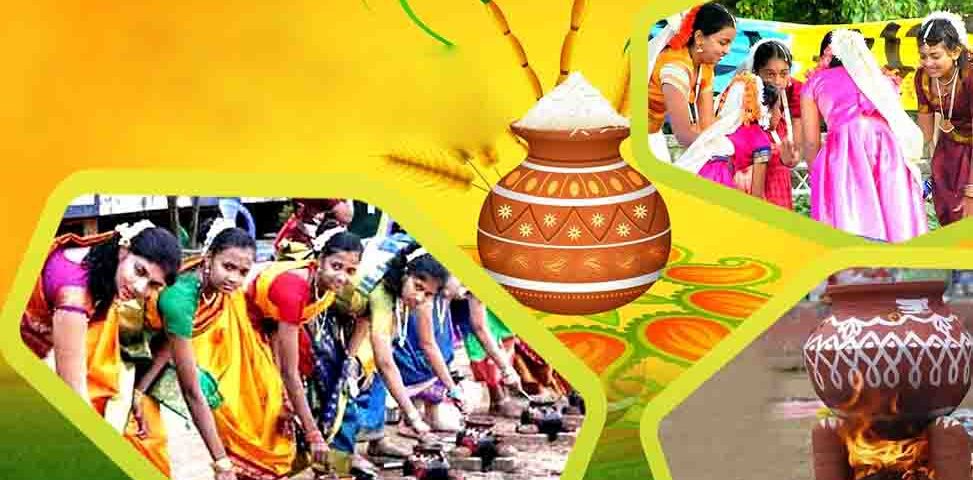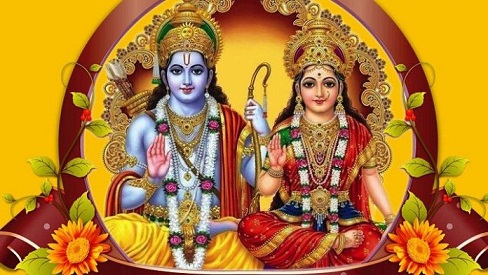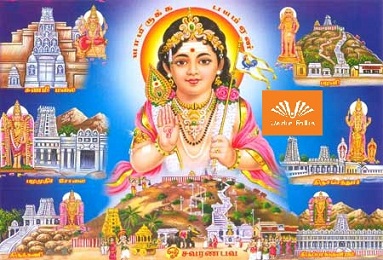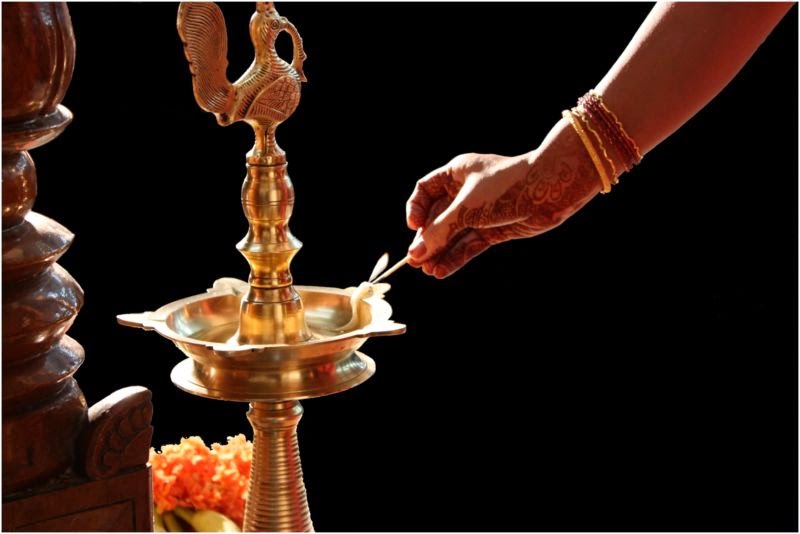What does the festivals represent?
In India, the celebrations of fairs and festivals form an amazing wondrous and joyful series of events, marking the rites of birth, death and renewal .
The celebrations and festivals are moments of remembrance of the birthdays, great deeds of gods, goddesses, hero’s, heroines, gurus, prophets and saints.
All Indians from different religions and beliefs such as Hindu’s, Muslims, Christians, Sikhs, Buddhists, and other religious groups celebrate individually, or together as a mixture of groups if their festivals are the same, on the same day.
One important festival that the Ancient Indians celebrated was the Bamboo Festival of Chedi. During this festival the people plant a bamboo pole and pray for a god to expand their city. Another ancient Indian festival is the Holi Festival. It is a festival for the triumph of good over evil. It is a week long festival. During this festival there are color fights. People throw paint and colored water on each other.
There are a great number of Hindu religious festivals held throughout the world. The festivals typically celebrate events from Hindu mythology, often coinciding with seasonal changes. There are many festivals which are primarily celebrated by specific sects or in certain regions of the Indian subcontinent.
The festive season is widely celebrated. These events have a historic significance to them and are rooted in various cultural and linguistic norms. The onset of the famous Diwali marks the beginning of lighting ‘diyas’, beautifying homes, offering gifts and visiting friends and family. Similarly, the Holi festival is described as the ‘Festival of Colors”, with its magnificent rain dance and the ‘gulaal’.
What Changes have been in the area from past to present?
How was festivals celebrated in ancient times of India?
The Ancient tradition of celebrating festivals goes back to the Vedic times of Aryans. The Vedic scriptures and literature give many source of information about about festivals when celebrations were carried on to honor gods, trees, rivers and mountains. These festivals include prayers, fasting and also social and cultural significance.
One mention can be made that during the time of Krishna, Yadavas performed Indra Pooja in order to obtain rain from the heaven. They have performed the Indrapooja as a festival for honouring Lord Indra Bhagawan.
In the festivals of India, there are performances of music, dancing, and drama which took place rugged physical activities. Other activities included wrestling, and wild bull, elephant, horses and rhino race.
In today’s world, Indian festivals all around the world are celebrated with more enjoyment. There are many fun activities including the basic of praying to Gods, celebrating religion and customs. Some festivals these days have enjoyable rides such as rollercosters, jumping castles and a lot of singing performances and trivia questions. There is also food that is shared with all from different religions.
Some festivals stay the same and don’t change.
Buy Best Pooja Samagri Online
Diwali is the festival of lights.
Another word instead of Diwali is Deepawali. Diwali is celebrated on the darkest night of Kartik, (the eight month of the Hindu Calendar). Diwali is the most important festival, this importance has been recognized and celebrated 5000-7000 years ago and is now celebrated not only by Hindu’s but any Indian who appreciates and wants to join in the celebrations of lights.
Diwali is also a festival celebrated as Christmas in the west of India, so this is also a time to mark the beginning of a new year.
Preparations for Diwali start just before the following festival such as cleaning the house, put special decorations and painting the house.
When was Holi celebrated?
Holi is the colorfestival, this is celebrated on the full moon day in the month of Phalguna. The holi festival startes just at the start of spring. This festival is celebrated in the north states of India, is like a carnival and it is very popular. Holi Festival is a time when all Indians come together leaving all their sadness and grievness behind from the past. Originally the festival in the past were only for the shudras who were not allowed to participate in festivals. Today this festival has lost its significance and is now for all Indians, and is a favourite festival of all time.
There are over 60 festivals. Among them the most important festivals celebrated in india are as follows:-
Durga Puja
These are the most popular forms under which she is worshipped: Durga, goddess beyond reach; Kali, the auspicious power of time; Amba or Jagdamba, mother of the world; Annapurna, giver of food and plenty; Sarvamangala, auspicious goddess; Bhairavi, terrible, fearful, power of death; Chandika or Chandi, violent, wrathful, furious; Lalita, playful; Bhavani, giver of existence;Tara, giver of success in work. It is the most important festival of Bengalis and Odias .
Chhat Puja (Only festival dedicated to the Sun God)
Chhath is mainly observed in Bihar and Terai, but is also celebrated elsewhere. It is a festival dedicated to the Sun God for bestowing the bounties of life and fulfilling wishes.
Ratha Yatra
Rath Yatra is the festival associated with Jagannath. It is the most important festival of Bengalis and Odias.
Raksha Bandhan
Raksha Bandhan is a festival celebrated mainly in northern Indian states. Rakhi is a special occasion to celebrate the chaste bond of love between a brother and a sister.
Thai Pongal
Pongal is one of the most popular harvest festivals of Tamil Nadu. Pongal occurs in mid January each year and marks the beginning of Uttarayana (sun’s journey northwards). The Pongal festival lasts for four days. Celebrations include a drawing of Kolam, swinging & the cooking of delicious Pongal.
This day coincides with MakaraSankranti. Pongal is also commemorated by Jallikattu as a part of festivities as a sport of valor
The festival is celebrated mostly on January 14 of the Gregorian calendar
Onam
Onam Onam is the harvest festival of Kerala. Though Onam is traditionally a Hindu festival celebrated in Kerala, contemporarily Onam is celebrated by the Kerala diaspora across the globe. Onam commemorates the rule of Mahabali, associate Asura(demon) king United Nations agency dear his subjects. throughout his rule people were happy, honest and filled with morality. Legend says Lord Vishnu took the incarnation of Vamana, a dwarf Brahmin who visited Mahabali seeking three steps of land for sitting in self denunciation. Cleverly Vamana defeated Mahabali and sent him to the netherworld. Onam is the annual homecoming of the legendary Emperor Mahabali. It falls during the month of Chingam (August / September) and lasts for ten days.
The celebration is marked by numerous festivities, including intricate flower carpets, snake boat races, elaborate banquet lunches, Puli Kali, Onappottan, Kaazhchakkula in Guruvayoor, Puli Kali, Kaikottikkali etc. These festivities build Onam a singular competition on the world that is embellished by most range of cultural components and it may be beyond any doubt aforesaid that these components represent the colorfulness, diversity and richness that no different competition will claim. On Onam day people conduct special prayers in Hindu temples.Although Prayers in Hindu temples are important part of the festival, non-Hindus are not allowed to enter temples.
Vasant Panchami
VasantPanchami (Saraswati Puja by Bengalis and Odias) is celebrated for the blessing of Saraswati, goddess of wisdom and the arts.
Thaipusam
Thaipusam is a Hindu festival celebrated mostly by the Tamil Peoples. The name Thaipusam is derived from the Tamil month name Thai and Pusam, which refers to a star near the location of the moon during the festival. The festival commemorates the occasion once Parvati gave Murugan a spear therefore he may defeat the evil demon Soorapadman.
Buy Best Pooja Samagri Online
Maha Shivaratri
Maha Shivaratri is the great night of Lord Shiva, during which followers of Shiva observe religious fasting and the offering of Bael (Bilva) leaves to Shiva. Maha shivaratri Festival or ‘The Night of Shiva’ is widely known with devotion and non secular fervor in honor of Lord Shiva, one of the deities of Hindu Trinity. Shivaratri falls on the moonless 14th night of the new moon in Phalgun (February – March). Celebrating the festival of Shivaratri devotees observe day and night fast and perform ritual worship of Shiva Lingam to appease Lord Shiva. To mark the Shivratri festival, devotees wake up early and take a ritual bath, preferably in river Ganga. After wearing fresh new clothes devotees visit the nearest Shiva temple to give ritual bath to the Shiva Lingum with milk, honey, water etc.
On Shivaratri, worship of Lord Shiva continues all through the day and night. Every three hours priests perform ritual pooja of Shivalingam by bathing it with milk, yoghurt, honey, ghee, sugar and water amidst the chanting of “Om NamahShivaya’ and ringing of temple bells. Jaagran(Nightlong vigil) is also observed in Shiva temples where large number of devotees spend the night singing hymns and devotional songs in praise of Lord Shiva. It is only on the following morning that devotee break their fast by partaking prasad offered to the deity.
Rama Navami
Rama Navami is the celebration of the birth of Rama. Rama Navami is the day on which Lord Rama, the seventh incarnation of Lord Vishnu, incarnated in human form in Ayodhya. He is the ardhaansh of Vishnu or has half the divinitive qualities of Lord Vishnu. The word “Rama” literally means one who is divinely blissful and who gives joys to others, and one in whom the sages rejoice. Ram Navami falls on the ninth day of the bright fortnight in Chaitra (April / May) and coincides with Vasant Navratri or Chait Durga Puja. So, in some regions, the festival is spread over nine days. This day, marking the birthday of God Rama, is also observed as the marriage day of God Rama and Sita and thus also referred to as Kalyanotsavam.
In Ayodhya, the birthplace of Lord Rama, a huge fair is held with thousands of devotees gathering to celebrate this festival. The fair continues for two days, and rathyatras, carrying the Deities of Ram, his brother Laxman, His wife Sita, and His greatest devotee Mahavir Hanuman, are taken out from almost all Ram Temples. Hanuman is known for is his devotion to Rama, and his tales form an important part of the celebration. In Andhra Pradesh, Ram Navami is celebrated for 10 days from the Chaitrasaptami to the BahulaPadyami in March/April. Temples re-enact the marriage of Lord Rama and Sita to commemorate this event, since this day is also the day they got married.
GudiPadwa
GudhiPadwa / ChetiChand is celebrated on the first day of the Hindu Lunar month of Chaitra, and is celebrated as New Year’s Day by Marathis, Konkanis and Sindhis . According to the Brahma Purana, this is the day on which Brahma created the world.
Ugadi
Ugadi (meaning “the start of an era” in Kannada) is New Year’s Day for the Kannadigas and Telugus.
Vishu
Vishu may be a Hindu competition celebrated in Kerala. It falls around fourteen April of the Gregorian year.
Tamil New Year
The Tamil New Year follows the Nirayan vernal equinox. it falls around fourteenth April of the Gregorian year.
Buy Best Pooja Samagri Online
Hanuman Jayanti
Hanuman Jayanti is that the celebration of the birth of Hanuman, Rama’s loyal fan. To mark the birth of Lord Hanuman, Hanuman Jayanti is widely known everywhere Bharat Chaitra. The nice Hanuman is thought for its great strength, power & his immortal devotion towards God avatar. he’s thought-about to be a greatest follower of god avatar and compete a vital role in his life. he’s thought-about to be together of the foremost powerful Hindu gods in Asian country. Celebrations on Hanuman Jayanti began early within the day with special puja being performed by devotees. Devotees perform holy Puja in temples dedicated to Sri Hanuman or reception. folks in Republic of India organize special prayers for Lord Hanuman to urge eliminate evil spirits. The God is thought for its charming powers. Prayers and Hymns area unit sung all day long in varied Hanuman temples dedicated to the lord. Hanuman is taken into account as a logo of Power and nice strength in Hindu mythology. On auspicious day of Hanuman Jayanti, folks apply red Sindoor from Lord’s feet on their foreheads. this is often considering being a ritual sensible health and good luck.
Guru Purnima
Guru Purnima is the day devotees offer puja (worship) to their Guru. This was also the day when Vyasa, author of the Mahabharata was born.
Mahalakshmi Vrata
Mahalakshmi Vrata is a pooja performed by married Hindu womens to seek the blessings of Mahalakshmi, goddess of wealth and prosperity.
Krishna Janmaashtami
Krishna Janmaashtami is the Hindu festival celebrating the birth day of lord Krishna. It is actually called as Krishna Jayanthi festival. The date falls not only on the eighth day of the waning moon of Bhadrapad, but always on RohiniNakshatra. Janmashtami, the birthday of god Krishna is celebrated with great devotional and enthusiasm in India in July or August. According to the Hindu calendar this religious festival is celebrated on the Ashtami of Krishna Paksh or the Eighth th day of the dark fortnight in Bhadon. Sri Krishna is considered as the one of the most powerful human incarnations of the Lord Vishnu. He was born around five thousand two hundred years ago in Mathura. The sole objective of Sri Krishna’s birth was to free the Earth from the evilness of demons. He played an major role in Mahabharata and propagated the theory of bhakti and good karma which are narrated deeply in the Bhagwat Geeta. Sri Krishna was born in a prison in the custody of Kansa. Vasudev, His father straight off thought of his friend Nand and determined handy over his kid to him to save lots of avatar from the clutch of Kansa.
Krishna grew up in Gokul and finally killed his uncle, King Kansa. The actual celebration of Janmashtami takes place throughout the hour as Sri avatar is believed to turn on a dark, stormy and windy night to finish the rule and violence of his uncle, Kansa. everywhere Asian nation this present day is widely known with pious songs and dances, pujas, arti, processing of the gastropod and rocking the cradle of baby Sri avatar. The Janmashtami celebration of Mathura and Vrindavan, the places wherever Sri avatar had spent his life, are terribly special. On this present day temples and houses are splendidly embellished and light. Night long prayers are offered and non secular mantras are sung within the temples.
Radhastami
Radhastami is celebrated all over India especially in Northern India on Bhadrapad Shukla Paksha Ashtami as birth day of Goddess Radha, consort of god Krishna.
Ganesh Chaturthi
Ganesh or vinayagar Chaturthi is the celebrated as the arrival of Ganesh or vinayagar on the earth. It is very important festival in Maharashta, India. Ganesh Festival celebrated in Pune, india in very traditional way.
Kartik Poornima
A unique festival is celebrated in Varanasi this day which is called Dev Devali. The Kartik Purnima festival also coincides with the Jain light festival and Guru Nanak Jayanti.
Skanda Sashti
Skanda Sashti is decided on lunar month during sixth day of KarthikaMasam (October–November). It is most important festival dedicated to Lord Murugan the second son of lord Shiva. On this festival is celebrated the victory of lord Murugan against the Asuras.
Karthikai Deepam
Karthikai Deepam is an ancient festival of lights celebrated by Tamil Hindus on the full moon day of Karthikai month (November or December). This occurs on the day when the moon is in conjunction with the constellation Karthigai (Pleiades) and purnima. It is the same as Kartik Poornima; however, since Tamils follow the Hindu Solar calendar with correction for precession of the equinoxes, the Tamil date matches the actual constellation.
Kumbh Mela
The Purna (complete) Kumbh takes place every twelve years, and is an ordinary large Kumbh Mela. The Ardh (half) Kumbh Mela, a smaller Kumbh Mela, is celebrated every six years. The normal Kumbh Mela is celebrated every four years. The Maha (great) Kumbh Mela, a special large Kumbh Mela, occurs every 12 ‘Purna Kumbh Melas’, or one hundred forty-four years.
Buy Best Pooja Samagri Online
Godavari Pushkaram
Godavari Pushkaralu or Godavari Pushkaram is most commonly stated as it is the festival of the river Godavari. The main significance of this Godavari Pushkaralu is that It occurs once in every twelve years in other words called as Pushakara. The river Godavari took it birth at triambakeswar of Nasik which is located in Maharashtra state. It flow along the various regions of Telangana and Andhra Pradesh and finally flows into the Bay of Bengal. MahaPushkaralu which comes once in 144 years.
Naga Panchami
Naga Panchami is a traditional worship of snakes or serpents observed by Hindus throughout India, Nepal and other countries where Hindu adherents live.
CONCLUSION:
Thus Hindu festivals are celebrated with much joy and interest by the Hindu people in India and people from all over the world. Though certain changes were there towards celebrating hindu festivals in ancient times and in current trend, the joy of celebration remains the same. The bhakti observed in celebration also doesn’t change.
CELEBRATION OF FESTIVALS OCCURS HAPPILY ACROSS THE WORLD AND PEOPLES ARE CELEBRATING THE FESTIVALS WITH MUCH JOY AND INTEREST, AND THAT TOO MAINLY CHILDREN’S WHO ARE IN THEIR BELOW 10’S.
By R.HARISHANKAR






